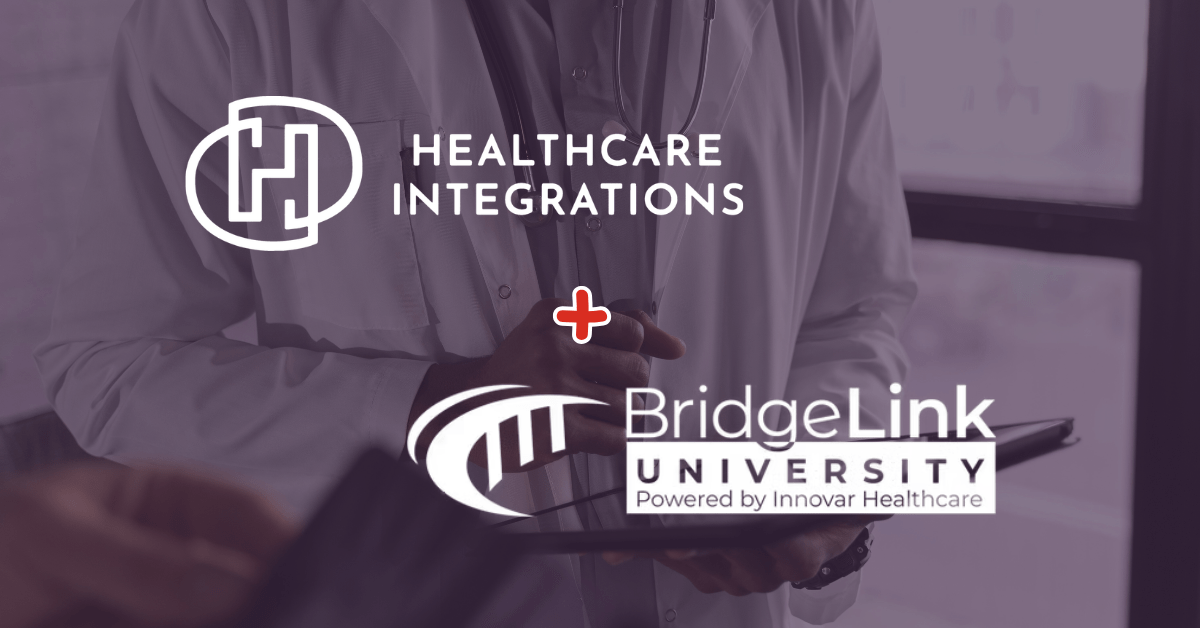Integrations are a key part of improving patient care and mitigating costs for many healthcare organizations. For laboratories in particular, it can be a huge boon to have a strong interoperability strategy to enable sustainable growth.
Here are four ways that integrations can help a laboratory:
Data Management
Laboratories generate 70% of the world’s healthcare data. With so much data at their fingertips, laboratories are poised to help provide critical insights to healthcare providers and government agencies. Integrations can facilitate seamless data management by connecting laboratory information management systems (LIMS), electronic health records (EHR), and other relevant software. This integration ensures efficient data capture, storage, retrieval, and analysis, minimizing errors and improving overall workflow.
Workflow Automation
Laboratories rely on numerous instruments to perform tests. Integrations enable data transfer between instruments and laboratory software, allowing for automated data exchange, result interpretation, and report generation. This integration enhances productivity, reduces manual errors, and accelerates the overall experimental process.
Revenue Cycle Management
Laboratories often receive payment after services are rendered, so it’s critical for a laboratory to process and manage it claims data effectively. Integrating their LIS/LIMS systems with billing or claims management software can improve claim submission and processing, manage and reduce denials and appeals, and provide useful reports and analytics to guide the business.
Government Reporting
Integrations can facilitate data exchange of reportable infectious diseases directly to the responsible government agencies. Laboratories can meet compliance and provide critical information to help local, state, and federal bodies make important public health decisions to keep their communities safe.
Struggling to get your lab integrated?
Schedule a FREE consultation today and unlock Healthcare Integrations’ proven expertise in solving interoperability challenges.
Our team will show you how to cut integration costs, accelerate EHR implementations, and eliminate workflow bottlenecks. Don’t let technical barriers slow your growth — partner with experts who deliver scalable, future-ready solutions.





